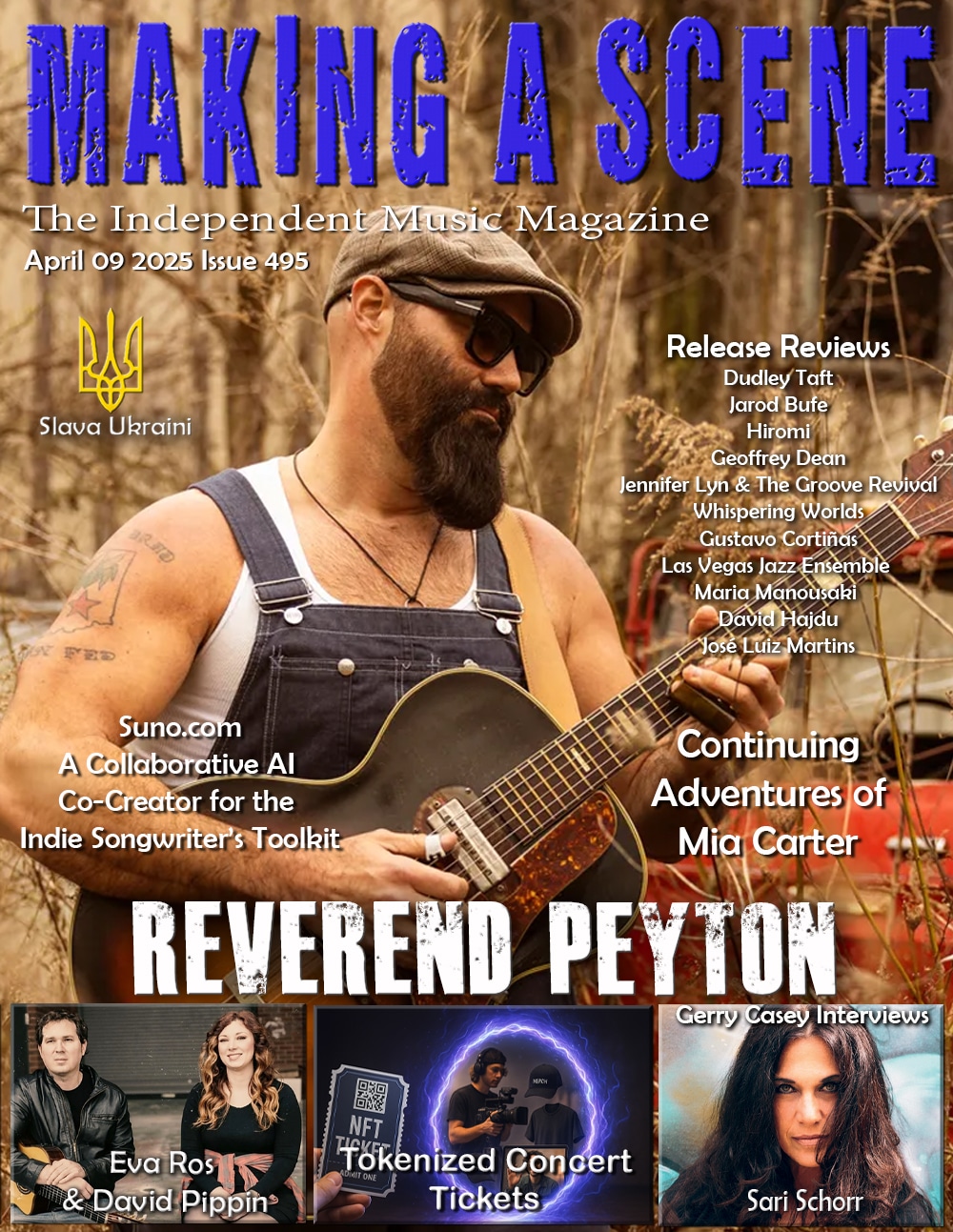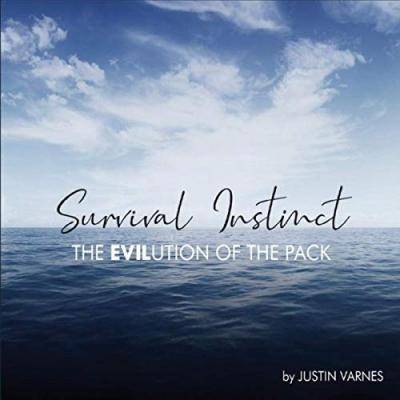Justin Varnes Survival Instinct: The Evilution of the Pack
Justin Varnes
Survival Instinct: The Evilution of the Pack
Self-released
The title undoubtedly piqued your curiosity and there is no misspelling. Instead drummer and leader Justin Varnes is bringing awareness to one of the root causes of violence; our need to belong to a pack coupled with our need to blindly protect that pack. Thousand or millions of people who think they belong to the same pack can often lead to unspeakable violence in the name of protecting that pack. The album also offers an actionable solution (beyond awareness) to help bridge the divide between packs: actively support people who don’t look like you, think like you, or act like you. Help people not see themselves belonging to a different pack than you. Each song represents an optimistic view of the future based on these two concepts. The CD jacket plays to the title and one has to look closely to find Varnes’ name, simply rendered “by Justin Varnes” on the front cover, as a member of the sextet on the back, but not on the spine. Modesty aside, it makes it difficult for those who file alphabetically. Oh well.
The album is divided by a Prelude, Interlude, and Postdude that introduces the themes used throughout with the “National Anthem” and “Lift Ever’y Voice and Sing” as recurring snippet to symbolize the struggle for equality in America. It’s an instrumental acoustic jazz album with no vocals, delivered by a sextet recorded live with no headphones, no overdubs, and no splices: all complete takes with no modifications. Varnes composed all pieces. His bandmates are Mark Rapp (trumpet), Luke Weathington (alto), John Sandfort (tenor), Nick Rosen (piano) and Kevin Smith (bass). Each piece contains ensemble work and solos, most rendered very passionately in keeping with the serious themes.
In one sense, this is a modern day version of the kind of music made by Art Blakey’s Jazz Messengers and the many jazz artists in the sixties who were expressing both frustration and hope on Civil Rights and freedom through their music. Given that this is a totally acoustic ensemble with similar instrumentation, that comparison holds up well. You could put this album on alongside those and it would feel as if it belonged there.
“Fergimore Island, TX” is a show of support for the communities devastated by the deaths of African-American police officers in several cities. It is one of the shorter pieces and is also intended to show respect for the men in blue who don’t get near enough recognition. We hear short solos from each front line player followed by Rosen’s piano break before the ensemble join again for the theme. “Tout Le Monde Amie La France” was written for the several attacks in France over a few months. The melody has several nods to jazz musicians who have lived or recorded in France. Weathington, Rapp, and Sandfort all have short solos with Smith’s walking bass line being especially strong here. “
The contemplative “Many Sons” takes a spiritual ambience, inspired by Coltrane and aimed at the many religions who have been violent toward each other, even though they essentially hold similar beliefs. Of course Sandfort takes the lead melody., sounding more like an early Coltrane than the latter free-jazz, aggressive version. Rosen’s piano is gorgeous both in support and solo. “Thread (for Bryan Stow) (who was killed at Dodger Stadium) compares the absurdity of violence due to wearing different team colors to other “packs” like religion and politics. It carries a blistering tempo driven by the rhythm section, with Rosen out front, dancing all over his keys.
“Red Mouse Blue Mouse” is the description of our divided political two-party system, with each “pack” clinging to their beliefs even when facts or logic may suggest otherwise. As Varnes says in his notes, “It’s America’s favorite sport.” Bass plays the role of the country mouse while piano plays city mouse as an interesting dialogue unfolds. “Pulse” is in support of the LGBT community recovering from the pain of the shooting at The Pulse nightclub. Varnes points out that the song has 7 beats per measure, symbolizing the LGBT flag which has 7 colors. He indicates that 7 beats might take a second to adjust to but there are only 4 pulses (heard in the bass drum) which, is, in fact like most music – another way of saying humans are a lot more alike than different. “Emanuel,” led by gorgeous ensemble and solos from each front line player also takes on a spiritual character as it’s appropriately commenting on the attack on the Emanuel African Church in Charleston, SC, an event that could have caused further division but instead brought the community together. Rapp’s trumpet is especially passionate in this piece, before Rosen’s piano with gentle support from Smith and Varnes ushers in calm, that then builds to a triumphant, exuberant bluesy climax when the horns return.
As it says on the jacket, “NO GENETICALLY MODIFIED MUSIC.” It could just as easily say “MUSIC TO HEAL YOUR SOUL.” It’s an inspirational masterpiece.
- Jim Hynes
Discover more from Making A Scene!
Subscribe to get the latest posts sent to your email.














































